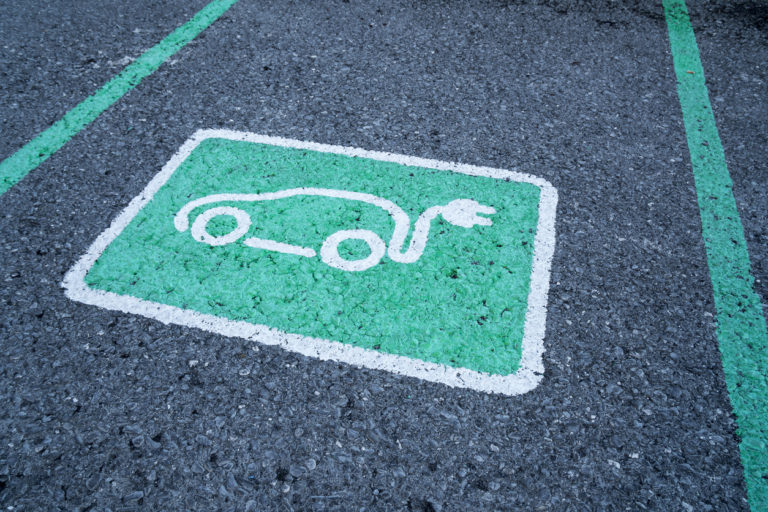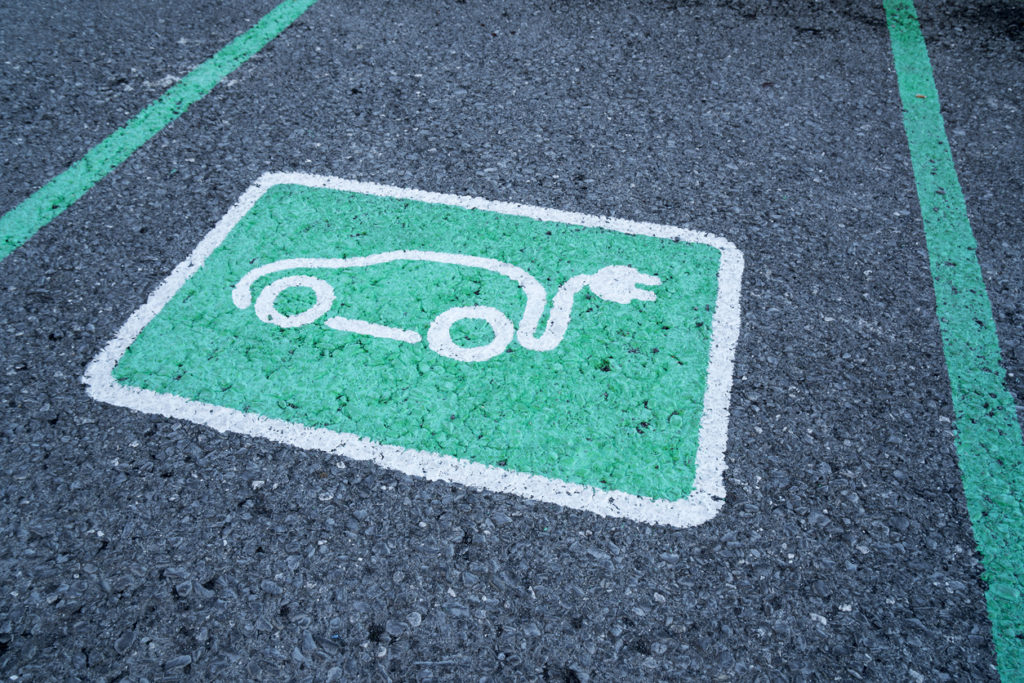The Qualified Plug-in Electric Drive Motor Vehicle Credit (Electric Vehicle Credit) is a nonrefundable tax credit available for eligible taxpayers to claim up to $7,500 for qualifying passenger vehicles and light trucks. With more consumers leaning in an environmentally conscious direction and more governmental efforts at the federal, state, and local level pushing for greener initiatives, the credit is likely on the radar for at least some of your buyers. Not to mention, the credit could help them offset the purchase price of a new electric vehicle and reduce their tax liability.
If the Electric Vehicle Credit is on your buyers’ minds, it stands to reason that it should be at the forefront of your electric vehicle sales strategy. Leveraging the Electric Vehicle Credit and other state-level electric vehicle incentives as part of your electric vehicle sales strategy starts with an understanding of how the incentives work.
How Does The Electric Vehicle Credit Work?
IRC Section 30D established the Electric Vehicle Credit in 2008. The legislation was amended in 2009 to become effective for vehicles acquired after December 31, 2009. IRC 30D was amended again in 2013 to include certain two or three-wheeled vehicles acquired after December 31, 2011, and before January 1, 2014. The vehicle is considered “acquired” when title passes to the taxpayer under state law.
The IRS has also published a listing of qualifying manufacturers, vehicle models, vehicle years, and credit amounts.
For vehicles acquired after December 31, 2009, the credit is:
- equal to $2,500
- for a vehicle which draws propulsion energy from a battery with at least 5 kilowatt hours of capacity, an additional $417
- an additional $417 for each kilowatt hour of battery capacity in excess of 5 kilowatt hours
- The credit begins to phase out for a manufacturer’s vehicles when at least 200,000 qualifying vehicles have been sold for use in the US .
In order to qualify, generally, the plug-in electric vehicle must:
- be a new vehicle
- be made by an eligible manufacturer
- have at least four wheels
- be appropriate for driving on public streets and highways
- have a weight rating of less than 14,000 pounds
- have an electric motor that uses a rechargeable battery, generating at least 4 kilowatt-hours of capacity
- be acquired for use or lease and not for resale
- have an original use that commences with the taxpayer
- be used predominantly in the United States
If a vehicle qualifies for the credit, a certification, which includes information on the make, model, year, and specific credit amount, will be issued by the manufacturer. However, the IRS has the ultimate say so. For example, should the IRS publish an official statement that certain vehicles no longer qualify, subsequent certifications from the manufacturer will be null and void.
Over the one-year period beginning with the second calendar quarter after the calendar quarter in which at least 200,000 qualifying vehicles were manufactured, Electric Vehicle Credits begin to phase out for a manufacturer’s vehicles sold for use in the US. The phase out is determined on a cumulative basis for sales after December 31, 2009.
The credit for qualifying vehicles drops to 50% of the credit if acquired in the first two quarters of the phase-out period. In the second and third quarters of the phase-out period, it drops to 25%. If they are acquired after the phase-out period, a manufacturer’s vehicles will not be eligible for a credit. For more information can be found on the IRS’s Quarterly Sales by Manufacturer webpage. IRS Notice 2009-89 also provides additional information on the tax credit. Tesla and GM have already reached the phase-out limits, so the credit is no longer available for their respective electric models.
States Also Offer Incentives for Electric Vehicles
For example, through the Maine Clean Energy and Sustainability Accelerator Program, Efficiency Maine provides loans for qualified alternative fuel vehicle (AFV) projects, including the purchase of plug-in electric vehicles.
Efficiency Maine also oversees an Electric Vehicle Accelerator Program, providing rebates to Maine residents, businesses, nonprofits, and general and tribal government entities for the purchase or lease of a new plug-in electric vehicle or plug-in hybrid electric vehicle at participating dealerships in Maine.
| Rebate Amounts | ||||
| Type of Vehicle | Individual, Business, or Organization | Qualified Low-Income Maine Resident | Maine Governmental Entity or Tribal Government | Nonprofit |
| New plug-in electric vehicle | $2,000 | $5,500 | $7,500 | $7,500 |
| New plug-in hybrid electric vehicle | $1,000 | $4,000 | $2,000 | $2,000 |
The State of Maine passed legislation regulating clean fuel vehicle insurance incentives, which allows insurers to credit or refund any portion of the premium charged for an insurance policy on a clean fuel vehicle. The program aims to encourage policyholders to use clean fuel vehicles, including electricity.
Maine dealerships that participate in efforts to advance achievement of the State’s transportation targets may also look forward to being formally recognized through the State’s upcoming Recognition Program for Plug-In Electric Vehicles. The Governor’s Energy Office is working with the Efficiency Maine Trust to establish the program to use events and ongoing promotion to recognize private and public sector clean vehicle achievements in vehicle sales, charging infrastructure, fleet conversions, and educational programming.
For information on credits offered in other New England states, feel free to contact me.
ARB can help.
At ARB, we’re also committed to keeping our clients up-to-date when it comes to tax incentives, so we are keeping a close eye on potential changes to come should Congress pass the Build Back Better Act.
The latest iteration of the Act proposes extending the credit for the purchase of plug-in electric vehicles through 2031, eliminating the current credit’s limitation on the number of vehicles produced by a specific manufacturer, increasing the base amount of the credit, and providing additional increases for vehicles and batteries produced at certain U.S. facilities. The current version of the legislation would also establish two new credits. The first would provide up to $2,500 for the purchase of a previously-owned plug-in electric vehicle. The second would provide up to 30% of the basis of a qualified commercial electric vehicle.
ARB’s Auto Dealership Services Group is dedicated to helping auto dealerships and their owners thrive. I want to help you leverage Electric Vehicle Credits and state incentives to improve your bottom line. Contact me today if you’re ready to talk about strategy.
by Barton Haag, CPA
Barton Haag joined ARB in 1996 and has been a principal with the firm since 2005. As the Practice Leader for ARB’s Auto Dealership Team, Barton provides financial accounting, income tax planning, and business advisory services for clients in the automotive and motorcycle dealership industries. He also works with closely-held businesses, many of which are family-owned.






